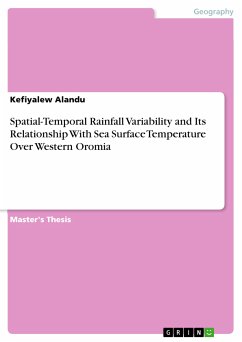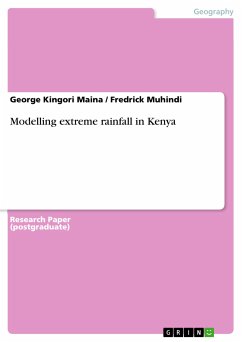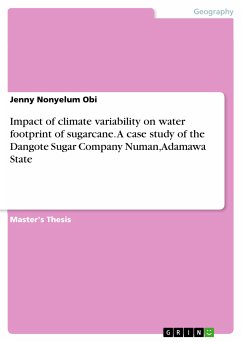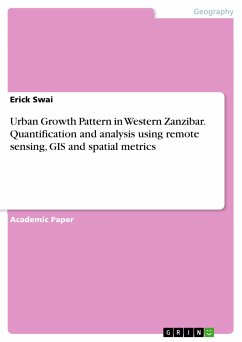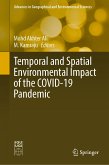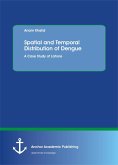Master's Thesis from the year 2019 in the subject Geography / Earth Science - Meteorology, Aeronomy, Climatology, , course: Climate modelling, language: Afrikaans, abstract: All rural livelihood systems in Ethiopia are highly sensitive to climate. Rainfall is the primary climatic factor that directly affects Agriculture, hydrological dynamics and driver of food insecurity. It varies across space and time. The study aims to analyses spatial-temporal variability of rainfall and its association with SSTs by using statistical method over western Oromia, southwest Ethiopia. Annual and Kiremt rainfall distribution increases toward the central portion of the area from the east and west. Inter-annual and Kiremt rainfall variability varies from low to moderate (CV%=11 to 24%). The MK-trend test show an increasing change in annual and seasons. Mean onset date is more variable than cessation and late one to two week from previous studies. This may be a signal of climate change impact on the region. Earliest onset in Jimma zone, mean date in the last decade of March and the latest onset in the first decade of May in west Wollega. Belg and kiremt precipitation to SSTs showed statically relationship over different parts of Oceans. Central and tropical eastern Pacific is negatively correlated to kiremt (summer) rains over whole western Oromia zones and Spring (Belg) rainfall anomalies to SSTs in the region show a no significant spacial correlation relationship over most parts of oceans. The study revealed the climatology of rainfall and local variability which is necessary information for users to respond with local relevance in agriculture operation and hydrological management.
Dieser Download kann aus rechtlichen Gründen nur mit Rechnungsadresse in A, B, BG, CY, CZ, D, DK, EW, E, FIN, F, GR, HR, H, IRL, I, LT, L, LR, M, NL, PL, P, R, S, SLO, SK ausgeliefert werden.

